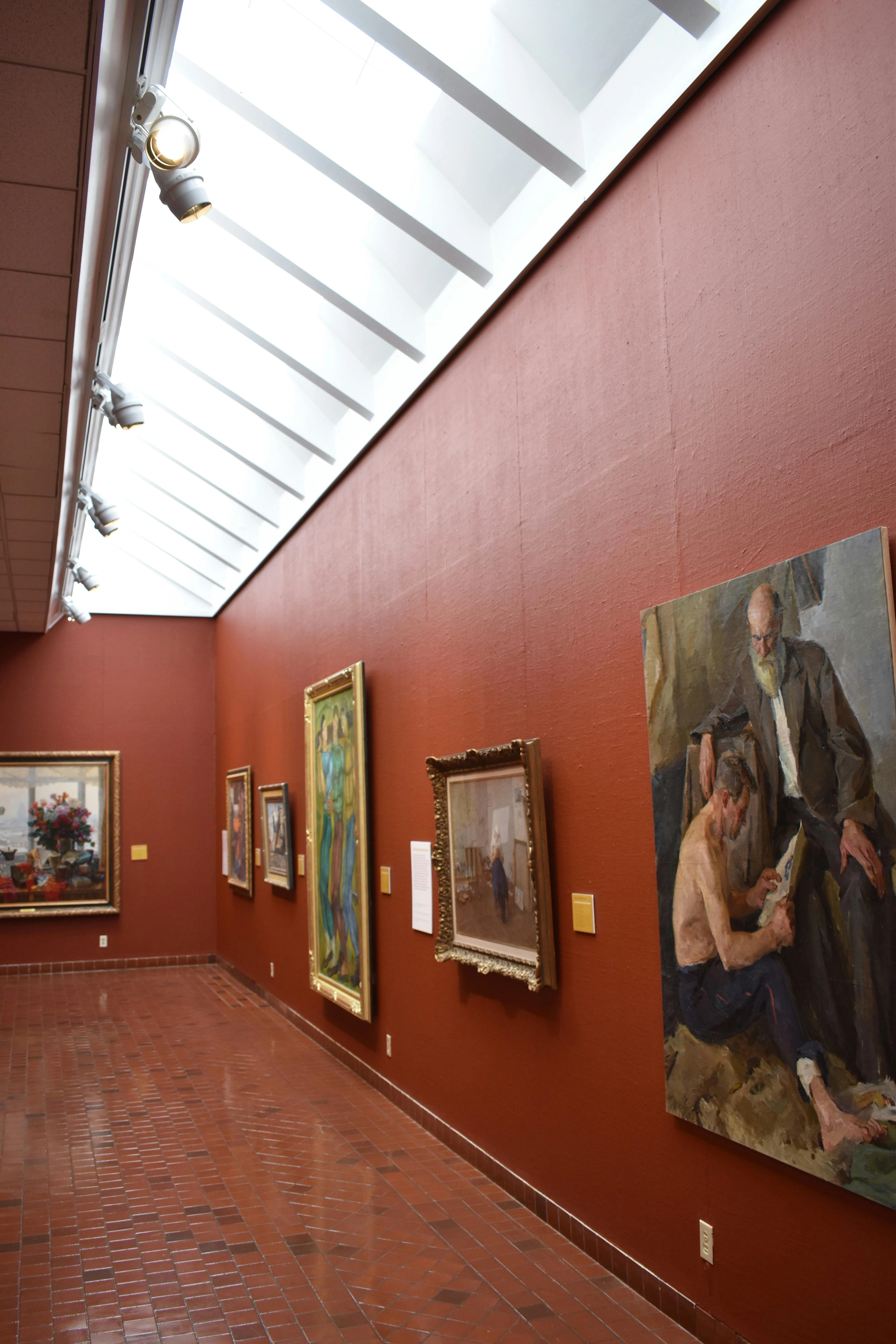
The Quiet Power of Less: How Minimalism Shapes My Colorful Abstract Art
Explore an artist's personal journey into minimalism, revealing its history, core principles, and how this philosophy unexpectedly grounds and enhances vibrant, layered abstract paintings. Discover clarity in creative chaos.
The Quiet Power of Less: A Personal Dive into Minimalism in Art
I've always been a bit of a maximalist. My mind is a bustling marketplace of ideas, half-finished thoughts, and the occasional existential crisis. My studio, at times, reflects this chaos – a beautiful, paint-splattered mess of canvases, brushes, and tubes. So, it might seem ironic, or perhaps even a little rebellious, that I find such profound beauty and clarity in minimalism. It’s not just an art movement to me; it's a quiet whisper in a noisy world, a potent reminder that sometimes, the most powerful statements are made with the fewest words, or in our case, the fewest brushstrokes. In this article, I want to share my personal journey with minimalism, exploring how its principles, despite my maximalist tendencies, profoundly inform and enhance my colorful abstract art.
Minimalism in art is often misunderstood. People hear "minimalism" and picture a blank canvas, a sterile white room, and perhaps a faint sense of intellectual superiority, which, let's be honest, can be a bit intimidating. But truly, it’s about so much more than mere reduction. It’s an invitation to pause, to look closer, and to experience art on a deeper, more conceptual level. It’s about distilling an idea to its purest form, stripping away the superfluous to reveal the essential. And, believe it or not, this quest for essentialism often leads to some incredibly rich and thought-provoking experiences – a bit like finding a perfectly smooth, unassuming stone on a chaotic beach. Its simplicity forces you to really see it.
What Minimalism Means to Me: Beyond Emptiness
For me, minimalism isn't about emptiness; it's about focused presence. Think about those moments when you're utterly overwhelmed – whether by a never-ending to-do list, a barrage of news headlines, or even too many choices on a menu (a modern-day dilemma, if there ever was one). What do you crave? Clarity, simplicity, a single, decisive answer. Minimalism in art offers that. It's an antidote to visual clutter, a quiet space in a loud world. It asks us to consider what truly matters, what elements are indispensable for a message to resonate.
It's a bit like clearing out a cluttered drawer. You pull everything out, feel a moment of dread (and maybe question all your life choices), then start putting things back, asking, "Do I really need this, or am I just hoarding?" The items that remain aren't just things; they're the essentials, the beloved, the truly useful. In art, those remaining elements become incredibly potent. Each line, shape, and color carries immense weight. It forces me, as an artist, to be incredibly deliberate, to question every mark, to understand that sometimes, the space around the mark is just as important as the mark itself. This isn't laziness; it’s intense discipline, and frankly, a bit of a mental workout – trying to say everything with almost nothing. I once spent an entire week on a single abstract piece, not adding a single brushstroke, but instead, meticulously removing layers of paint, sanding them back, until the initial burst of chaotic color resolved into a serene, almost architectural composition. That process of reduction felt far more creatively demanding than the initial expressive outpouring.
This deeply personal understanding of 'less' naturally leads us to its broader origins.
The Genesis of 'Less is More': A Brief History & My Reflection
Minimalism didn't just appear out of nowhere, like a pristine white cube falling from the sky (though some early pieces weren't far off!). It emerged in the 1960s, a powerful counter-movement. Artists were reacting against the highly subjective, emotional intensity of Abstract Expressionism – think Pollock's energetic drips or Rothko's spiritual color fields – and the burgeoning commercialism and pop culture obsession of Pop Art. They sought to strip away personal expression, narrative, and illusion from their work, focusing instead on pure form, material, and space.

They were, in a way, the ultimate skeptics, questioning the very definition of what art could be. "Is this art?" was a question they practically dared you to ask. And you know what? It’s a question I love, even when applied to my own work. It keeps me on my toes. It pushes me to think about what truly defines my creations, beyond just paint on canvas. What is the core idea? What feeling am I trying to evoke with just a few strokes or a specific color palette? This brings me back to the foundational elements of The Unseen Structure: How Composition Guides My Abstract Art – how less can guide more.
These early minimalist artists truly moved beyond the canvas and into concept, transforming industrial materials into sculptures, using light as a medium, and making the viewer's experience a crucial part of the artwork itself. Think of iconic figures like Donald Judd with his precisely fabricated boxes, Dan Flavin's glowing fluorescent light installations, and Carl Andre's floor sculptures. But the movement extended to conceptual artists like Sol LeWitt, whose wall drawings provided instructions for others to execute, emphasizing the idea over the artist's hand. LeWitt's instructions, rather than a physical object made by him, became the artwork, pushing the idea of art as pure concept. Robert Morris explored the raw materiality of industrial felt and timber, drawing attention to gravity and the object's relationship with space, compelling viewers to consider the object's inherent physical properties. We also see the influence in figures like Robert Ryman, whose singular focus on white paint and the canvas itself pushes the boundaries of materiality, and Agnes Martin, who found a meditative, almost spiritual quality in her subtly gridded, minimalist canvases. They forced a re-evaluation of art's object status, its presence in space, and the role of the viewer. This was a radical shift, one that still reverberates today, influencing everything from architecture (think of the clean lines and open spaces) to graphic design (where 'less is more' is a core tenet), and indeed, laying groundwork for later movements like Conceptual Art and Land Art, which prioritized ideas and experience over the physical art object, and yes, even my own approach to abstract painting.
Yet, this stark approach wasn't without its detractors. Critics often found minimalist art cold, sterile, or even elitist, accusing it of lacking emotion or narrative. Some saw it as a dead end for art, pushing reduction to a point of absurdity. But for me, it’s precisely this challenge – to communicate profoundly with minimal means – that is so compelling. Where a minimalist artist like Andre might use a grid of identical metal plates to highlight the ground it rests upon, I might use a carefully composed field of vibrant color, allowing the quiet power of negative space to define the edges and amplify the central form.
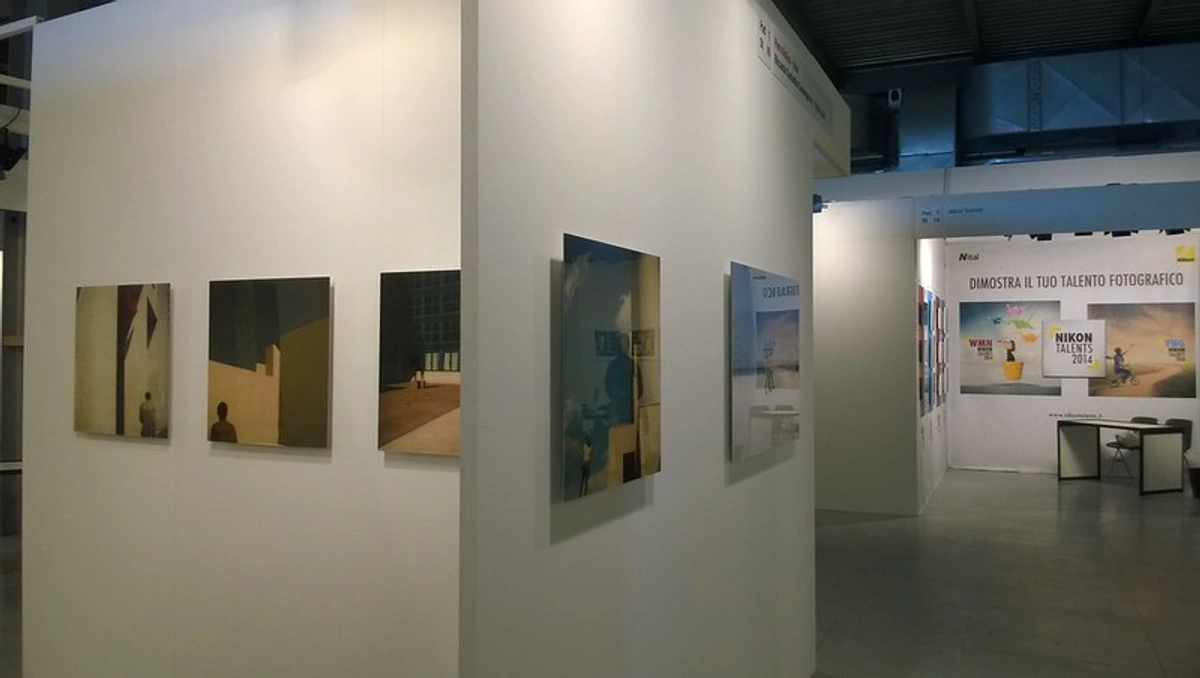
Key Principles of Minimalism: My Artistic Dialogue
So, how do these seemingly stark principles translate into the vibrant world of my abstract canvases? When I think about the core tenets of minimalism, I see them not as strict rules, but as guiding philosophies that can inform any creative pursuit, even my vibrant, layered abstracts. It's a constant dialogue between my maximalist tendencies and minimalist ideals.
Principle | Core Idea | My Interpretation in Abstract Art |
|---|---|---|
| Reduction & Simplicity | Distilling to essentials; "less is more" | The relentless editing of my own exuberant initial marks, stripping back layers until only the most resonant gestures or hues remain, like a whispered truth emerging from a cacophony. |
| Geometric Abstraction | Objective, impersonal forms; industrial precision | Integrating subtle geometric frameworks or foundational grids beneath my fluid, expressive brushstrokes, providing an anchor of order for the abstract chaos to coalesce around, sometimes even using precise, clean edges for certain abstract shapes to contrast with more fluid, gestural elements. |
| Repetition & Seriality | Creating rhythm and focus through repeated units | Using rhythmic, recurring motifs or layered brushstrokes not for uniformity, but to build a meditative visual pulse, transforming individual marks into a collective, evolving energy, much like repeated brushstroke patterns or color blocks that subtly shift in hue or intensity, creating a visual hum rather than a rigid pattern. |
| Materiality & Space | Highlighting inherent qualities of materials; space as part of art | Consciously engaging with the physical presence of the canvas and paint itself – the subtle texture, the way light plays on impasto, and how the painting "breathes" within a room, extending its dialogue beyond its edges; the sheen or matte quality of the paint, how light catches a raised brushstroke – these physical realities become central to the visual and tactile dialogue of the piece. |
| Conceptual Focus | The idea/experience is paramount, not just the object | Ensuring each piece is a distillation of an idea or an emotional inquiry, where the physical painting acts as a gateway to an experience, rather than an end in itself; it's about the why as much as the what. |
| Viewer Perception | Inviting active engagement; art as a dialogue with the observer | Crafting compositions that invite the viewer to slow down, to bring their own experiences and perspectives, allowing their gaze and interaction to co-create the artwork's evolving meaning in that precise moment. |
1. Reduction and Simplicity: The Minimum Effective Dose
This is the most obvious one, right? Strip away anything non-essential. But for me, it's about finding the minimum effective dose. It's not about being boring; it's about being incredibly effective. A single line can convey a universe of emotion if it's the right line, in the right place, at the right moment. It's a challenging dance, deciding what to keep and what to let go. I've often started a piece with a flurry of marks, only to spend days, sometimes weeks, methodically removing or obscuring elements until only the most potent gestures remain. My studio floor often bears witness to this struggle as I decide which ideas truly make it to the canvas.
2. Geometric Abstraction and Impersonality: Structure Amidst Expression
Many minimalist works feature geometric shapes and forms, often created with industrial precision. The idea was to remove the artist's "hand" or personal touch, making the work appear objective and anonymous. While my art is deeply personal and often gestural, I admire the purity and stability of geometric forms. They offer a grounding element, a quiet structure that can exist even amidst my more expressive marks. It’s an interesting contrast, how even in something highly subjective like abstract art, the principles of The Symbolism of Geometric Shapes in Abstract Art: A Deeper Look can provide essential structure. It's not about erasing my hand, but perhaps letting the underlying geometry provide a silent counterpoint.
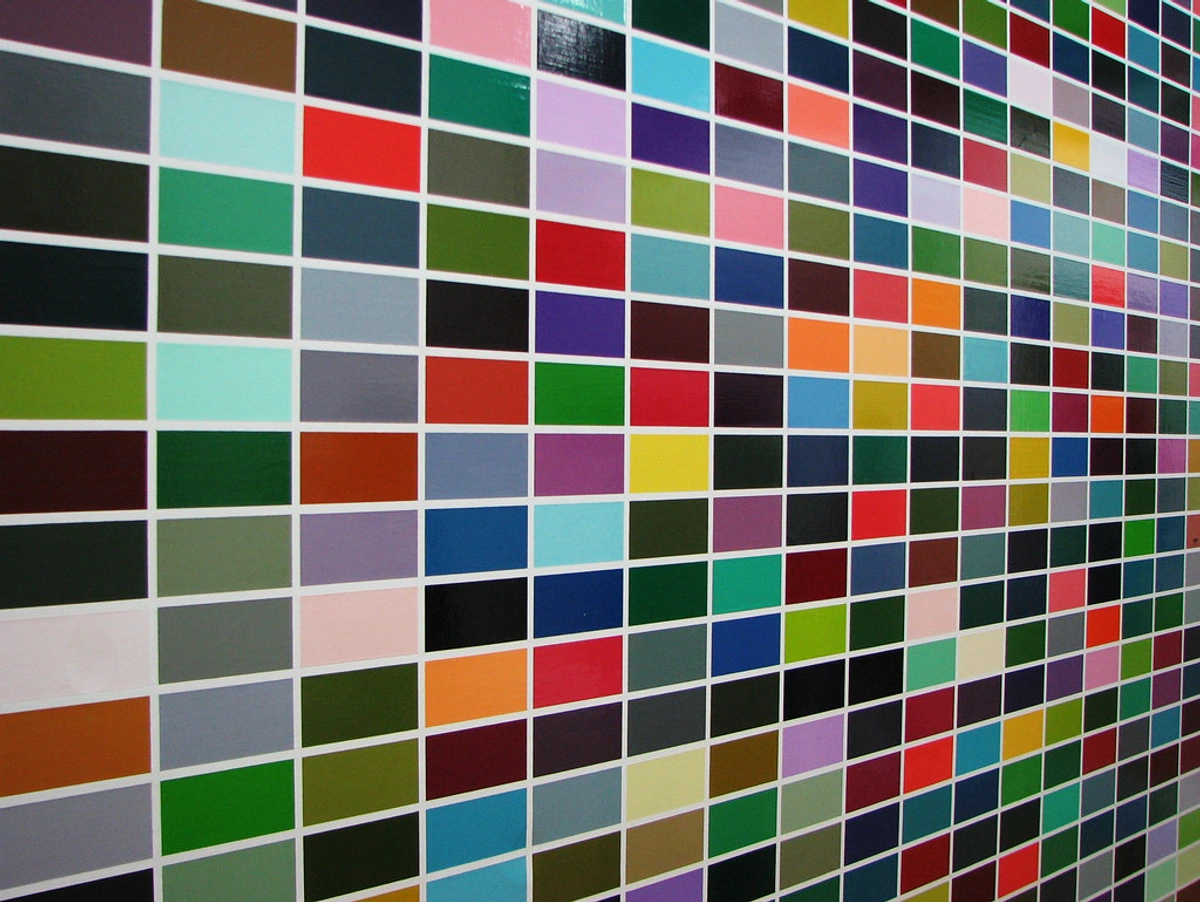
3. Repetition and Seriality: The Power of Subtle Variation
Minimalists often used repeating forms or identical units. This creates a rhythm, a meditative quality, and shifts the focus from the individual object to the overall experience and the subtle differences that emerge. Think of a series of identical squares, each one slightly different due to light or angle. It makes you hyper-aware of your own perception and the environment. I often explore The Language of Line: How Gestural Marks Define Emotion in My Abstract Art through repetitive strokes, building depth and rhythm in my own work – a kind of controlled chaos, if you will, where each repeated mark builds towards a collective emotional impact. The seriality of an idea, repeated with subtle, often imperfect variations, creates a powerful, evolving narrative, much like Christopher Wool’s word paintings that repeat text to emphasize its form and sound over literal meaning.
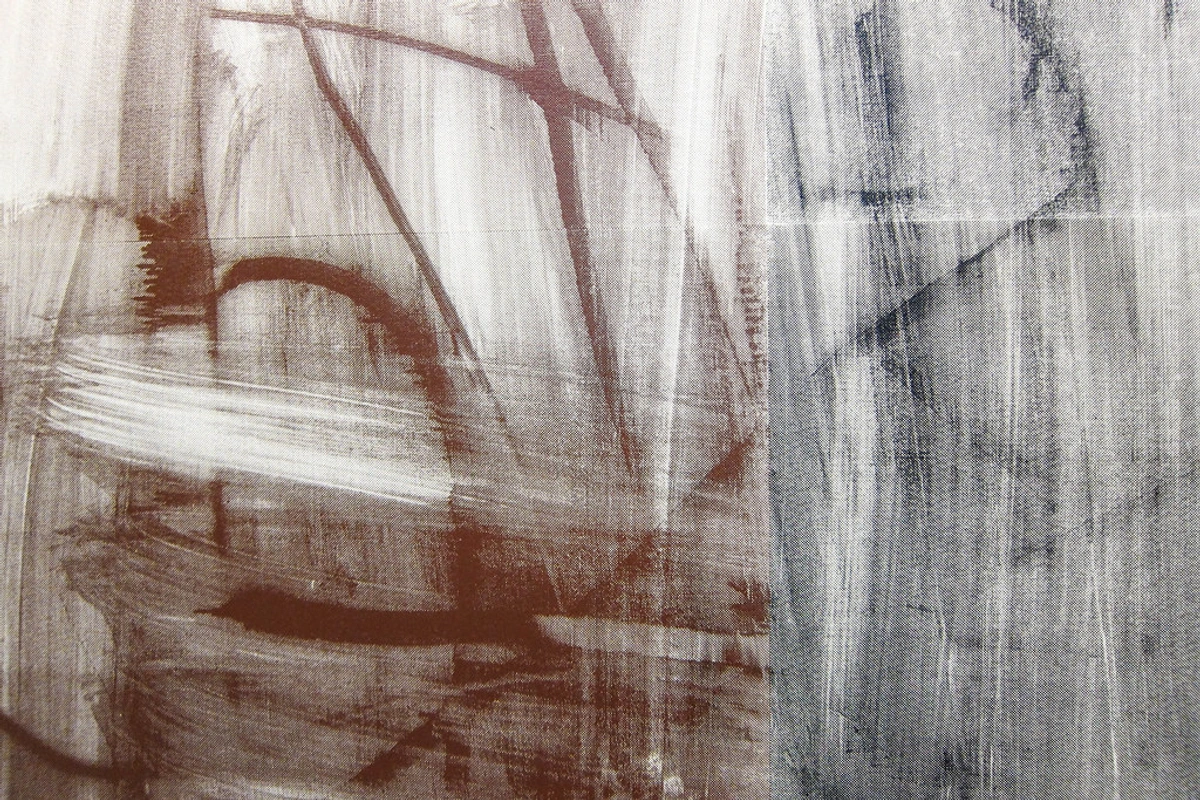
4. Emphasis on Materiality and Space: The Art Object as Itself
Minimalists wanted you to see the object for what it was: steel, plywood, fluorescent light. They highlighted the inherent qualities of the materials, often using industrial, unadorned substances. Crucially, the space surrounding the artwork became part of the artwork itself, challenging traditional notions of presentation. This is something I constantly think about when creating Art for Minimalist Interiors: Less is More. How will my painting interact with the wall, the room, the light, and even the viewer's shadow? It's not just about the canvas; it's about the entire environment it inhabits, becoming part of a larger, carefully considered experience. The subtle texture of the raw canvas, the sheen or matte quality of the paint, how light catches a raised brushstroke – these physical realities become central to the visual and tactile dialogue of the piece.
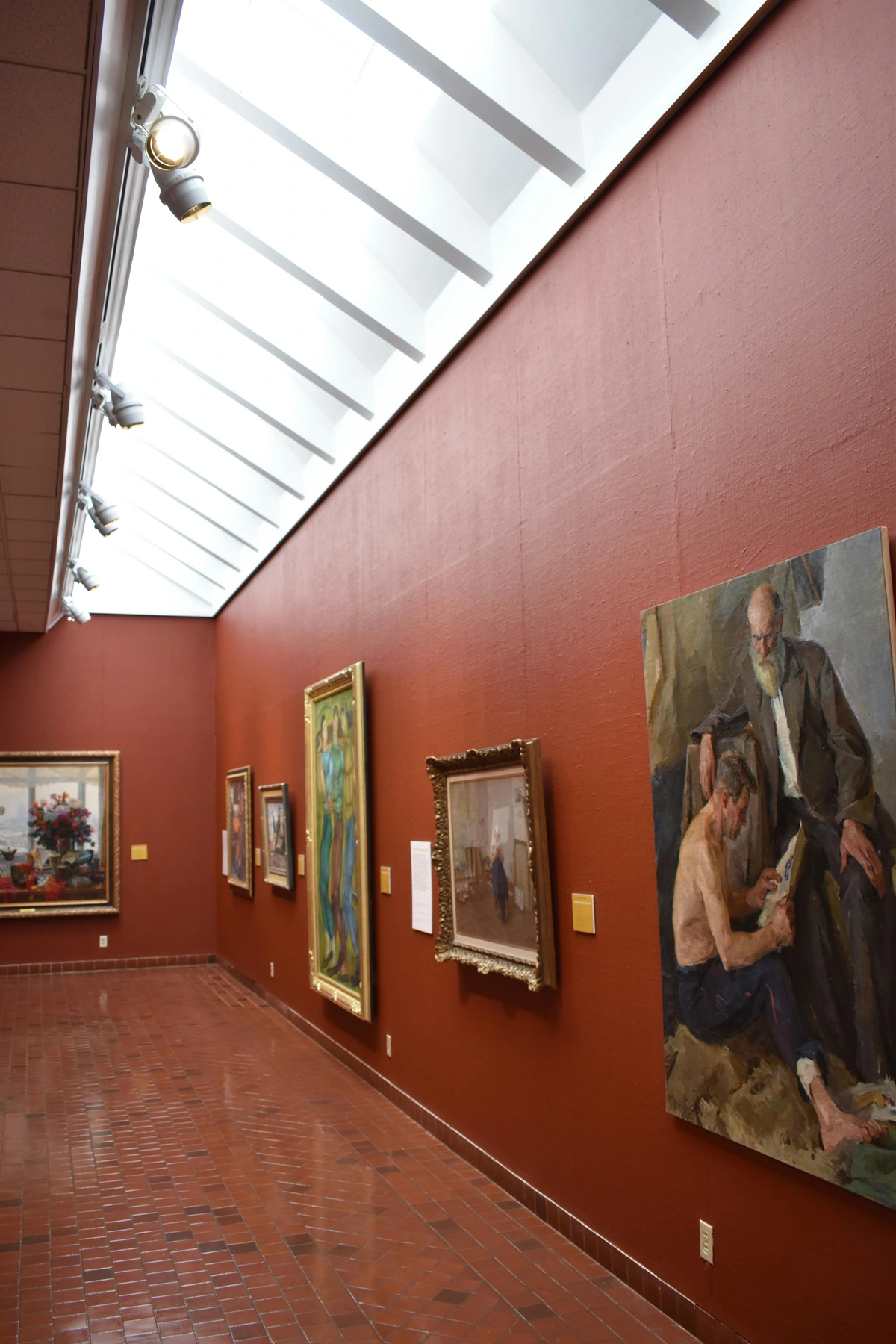
5. Conceptual Focus: The Idea is the Art
Perhaps the most significant aspect of minimalism "beyond the canvas" is its move towards concept. The idea behind the work, the viewer's experience, or the relationship between object and space often becomes more important than the aesthetic object itself. This often leads to a dematerialization of the art object, where the physical presence is secondary to the idea or the interaction. For instance, Sol LeWitt's wall drawings are often executed by others following his precise instructions; the instructions are the art, not necessarily the lines on the wall themselves. This is where I truly connect. Every abstract painting I create starts with an idea, a feeling, a question. The painting is the vehicle for that concept, not just a pretty picture. It's a journey, much like my own My Creative Process: From Sketchbook to Large-Scale Abstract Canvas, where the final work is a physical manifestation of a deeper, often unseen, thought process, inviting contemplation beyond its surface.
6. Viewer Perception and Interaction: You Complete the Artwork
While not always explicitly listed, a profound aspect of minimalism is its reliance on the viewer. The art object often acts as a prompt, inviting a contemplative, almost meditative engagement. It forces you to become hyper-aware of your own presence, your body in relation to the artwork, and how light, shadow, and your movement change your perception. The artwork isn't just "there" for you to passively observe; it's a dynamic dialogue that you actively participate in. This principle truly fascinates me, as I strive to create paintings that invite a similar kind of quiet contemplation, allowing the viewer's perspective to complete the narrative.
Minimalism in My Colorful Abstract World
You might still be thinking, "But your art is full of color and layers! How can that be minimalist?" And you'd be right to ask! I'm not a minimalist artist in the traditional sense, and it’s important to state that upfront. However, the philosophy of minimalism deeply informs my approach. It's less about visual emptiness and more about conceptual clarity and intentionality. I chose to write about minimalism because its demanding simplicity offered a stark contrast and, ironically, a profound grounding force for my often exuberant artistic spirit. It became a powerful tool for self-interrogation in my creative process.
Even in my most vibrant pieces, I strive for an underlying sense of clarity and purpose. Every layer, every color choice, every mark is considered. It’s a process of building up, then ruthlessly stripping back, refining, and constantly asking, "Is this truly necessary? Does this element earn its place?" For instance, in a painting that might feature a multitude of colors and forms, I might deliberately introduce a large, unpainted section or a single, stark geometric shape. This isn't just negative space; it's a "minimalist anchor" that calms the chaos, focusing the eye and allowing the vibrant elements to breathe, much like a carefully placed period in a powerful sentence, or a pause in a musical phrase that allows the melody to resonate more powerfully. Perhaps it's a stark, unpainted strip slicing through a riot of color, acting as a visual breath, or a single, precisely placed geometric shape grounding an otherwise fluid composition – a delightful paradox, isn't it, to find such clarity in the heart of what many might call visual exuberance? It's a relentless pursuit of the essential, even if that essential happens to be a riot of carefully composed color. The concept of The Alchemy of Layers: My Secret to Creating Depth and Narrative in Abstract Paintings is deeply intertwined with this idea – that each layer adds meaning, but too many can obscure it, like adding too many ingredients to a perfectly good stew.
It's a constant tightrope walk. My initial instinct, often, is to add another shade, another texture, another gestural mark. But then, the minimalist whisper reminds me: Is this truly adding value, or just cluttering the conversation? It’s about finding that sweet spot where vibrant, expressive freedom meets decisive, intentional restraint. Sometimes this means meticulously mixing fewer colors but applying them in bolder, more expansive fields, allowing their pure hue to sing without too many competing voices. Other times, it's about embracing a limited palette, letting the richness come from the interaction and subtle variations of those few chosen colors rather than their sheer number. The challenge is immense, the internal debate often fierce, but the reward – a painting that feels both rich and resonant, yet undeniably clear – is always worth it.
Minimalism teaches me discipline. It teaches me to trust the power of a single, well-placed element. It reminds me that quiet moments in a composition can amplify the louder ones. It's about finding harmony through intention, making sure every part serves the whole. It helps me focus on The Power of Color in Abstract Art: My Approach to Palette and Emotion, ensuring each hue has its purpose, a specific role in the grand narrative of the piece.
And beyond the canvas, minimalism influences how I think about my space, my time, and even my thoughts. It's a philosophy that has permeated design, architecture, music, and intentional living – from the sleek lines of modern furniture to the clarity of a well-designed app. Sometimes, simply having fewer distractions allows the truly important ideas – or perhaps the really good painting ideas – to surface. It’s about creating space, literally and figuratively, for what truly matters. If you ever visit my studio in 's-Hertogenbosch, you'll see a blend of this philosophy in action – organized chaos, perhaps, but with an underlying commitment to purpose and a surprisingly tidy corner for my brushes (most days, anyway).
The Challenge, Nuances, and Profound Reward of 'Less'
Embracing minimalism, whether in art or life, isn't always easy. It requires courage to let go, to simplify, to expose. It means confronting the fear that "less" might be perceived as "not enough," or even "cold" or "elitist," as critics sometimes suggest. I've certainly struggled with that in my artistic journey, feeling the urge to add more, to fill every space, to prove that I'm doing something. But the greatest reward comes when you trust the process, when you allow the simplicity to speak for itself, and when you realize that emotional depth isn't about complexity, but about honesty and directness.
The reward is profound clarity, a deeper appreciation for individual elements, and a sense of liberation. It’s like taking a deep breath after holding it for too long. For artists, it sharpens our focus, urging us to be incredibly articulate with our limited visual vocabulary. For viewers, it invites a more contemplative engagement, a quiet conversation rather than a shouted lecture. It's about finding richness in restraint, and discovering that sometimes, what's not there is just as important as what is – it allows space for your interpretation.
If you're exploring this journey, whether as an artist or a collector, remember that the Ultimate Guide to Minimalism often starts with a single step: choosing to look deeper, and to value quality over quantity, presence over clutter. What small element could you remove from your own creative work or even your daily routine that might reveal something more profound?
Frequently Asked Questions about Minimalism in Art
Q: Must minimalist art be abstract?
A: While many iconic minimalist works are indeed abstract – focusing purely on form, color, and space – the philosophy of minimalism can be applied to various forms beyond pure abstraction. It's about reducing elements to their essentials, which can include representational art that uses very few details or colors. However, the movement itself is predominantly abstract, pushing the boundaries of what purely abstract forms can convey.
Q: How can I appreciate minimalist art if it looks "empty" or "boring"?
A: That's a common initial reaction, and a totally valid one! Try shifting your focus. Allow yourself to focus on the subtleties: the texture of the material, the play of light and shadow, the quiet tension of negative space, or how the artwork interacts with the room it inhabits. It's about a different kind of seeing – one that asks for patience and active participation, allowing your own perception to fill the perceived "emptiness." It's about the experience, often more than the object, inviting you to ask: "What am I bringing to this piece?"
Q: Can minimalist art truly convey emotion, or is it always 'cold'?
A: This is a powerful and frequently asked question! While some minimalist art might intentionally strive for an impersonal, objective aesthetic, the movement itself doesn't preclude emotion. Many minimalist works, through their quiet intensity, meditative repetition, or stark purity, can evoke deep emotional responses – a sense of calm, awe, contemplation, or even profound unease. For me, applying minimalist principles to my colorful abstract art isn't about removing emotion, but rather about amplifying it. By carefully selecting and refining elements, I aim to distil the emotional core, allowing a vibrant hue or a singular mark to resonate with greater intensity than if it were lost in a sea of complexity. The 'less' creates space for the viewer's own feelings to emerge, making the emotional connection even more personal and potent.
Q: What's the difference between minimalism and abstract art?
A: Minimalism is a specific movement within the broader category of abstract art. All minimalist art is abstract, but not all abstract art is minimalist. Abstract art broadly refers to art that doesn't attempt to represent external reality but achieves its effects using shapes, forms, colors, and textures. Minimalism takes this a step further by drastically reducing these elements to their most fundamental forms, often with an emphasis on geometric simplicity and an impersonal aesthetic. If you want to dive deeper into different styles, check out The Definitive Guide to Understanding Abstract Art Styles.
Q: What are the ethical or philosophical underpinnings of minimalism, beyond art?
A: Beyond the canvas, minimalism often extends into a philosophy of intentional living. It's deeply connected to questioning consumerism, valuing experiences over possessions, and seeking freedom from material clutter. Philosophically, it aligns with ideas of essentialism and conscious consumption, encouraging a focus on what truly adds value and meaning to one's life. For me, this translates directly into my studio and my work: choosing deliberate marks, valuing the intentional void, and recognizing that even in vibrant color, true power often lies in presence and purpose, mirroring how I strive to live a more focused and meaningful life.
Q: Can I incorporate minimalist principles into my own creative practice?
A: Absolutely! Even if you don't aim to be a "minimalist artist," embracing principles like reduction, intention, and focus on materials can dramatically enhance any creative work. Ask yourself: "What is the absolute core of what I'm trying to say?" or "What can I remove without losing the essence?" This self-interrogation is a powerful tool that leads to stronger, more impactful creations, regardless of your personal style.
Conclusion: The Enduring, Quiet Power of Less
Minimalism in art, far from being cold or inaccessible, is a profound invitation to engage more deeply. It challenges us to look beyond the immediate, to find richness in restraint, and to appreciate the silent strength of simplicity. It's a reminder that sometimes, the most resonant statements are those whispered, not shouted. And in a world that constantly demands more, the art of less offers a refreshing and powerful perspective, creating space for introspection and genuine connection.
I hope this personal journey through minimalism has sparked some new thoughts for you. If it has, and you're curious to see how these principles subtly influence my own, often colorful, abstract work, I invite you to explore my collection or delve further into my artistic journey. Perhaps you'll find your own quiet connection to the powerful simplicity that minimalism champions.




